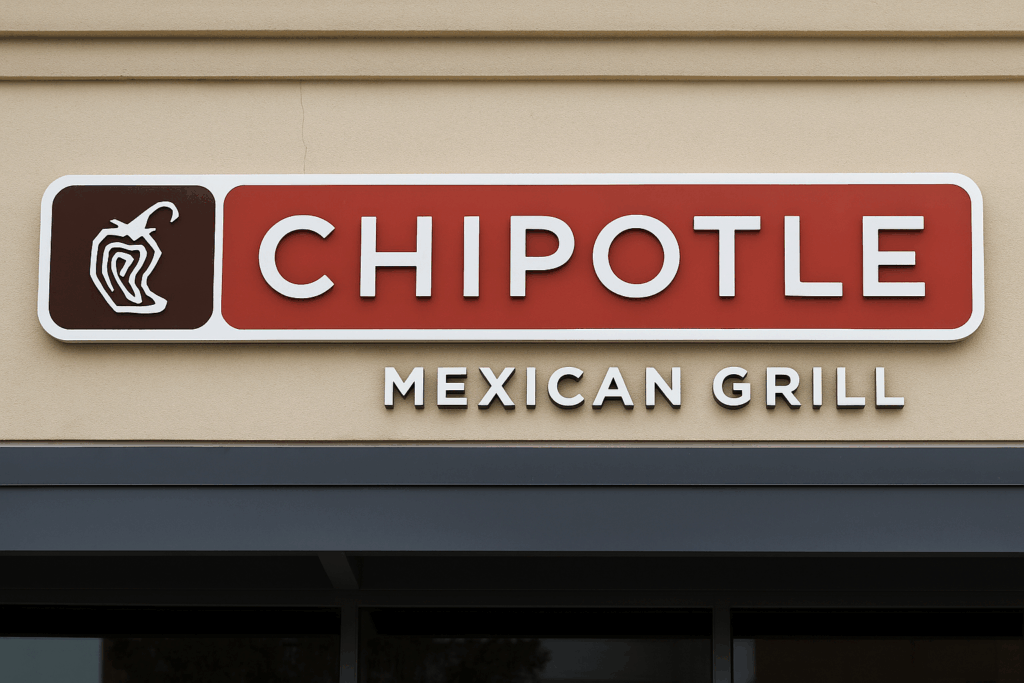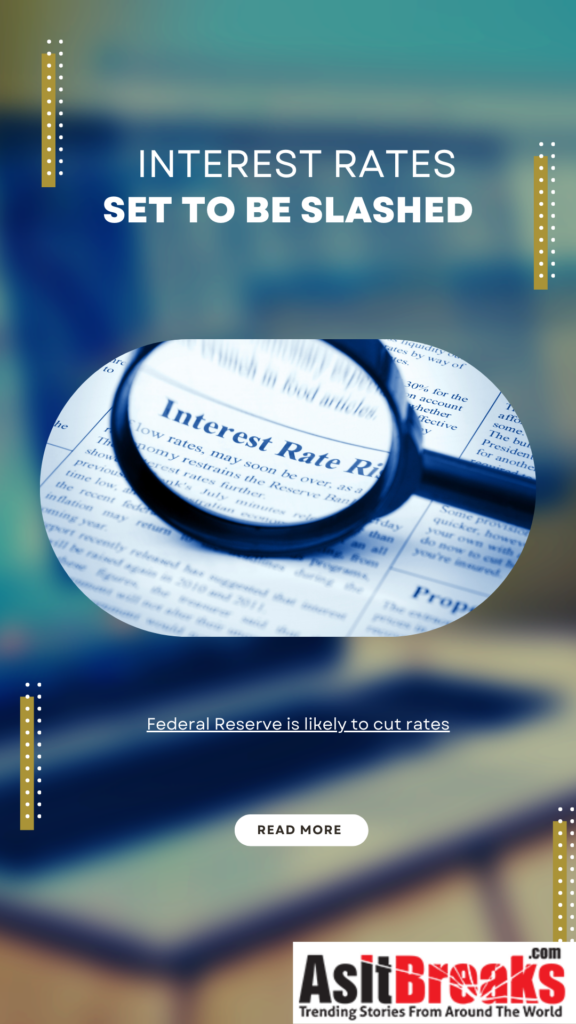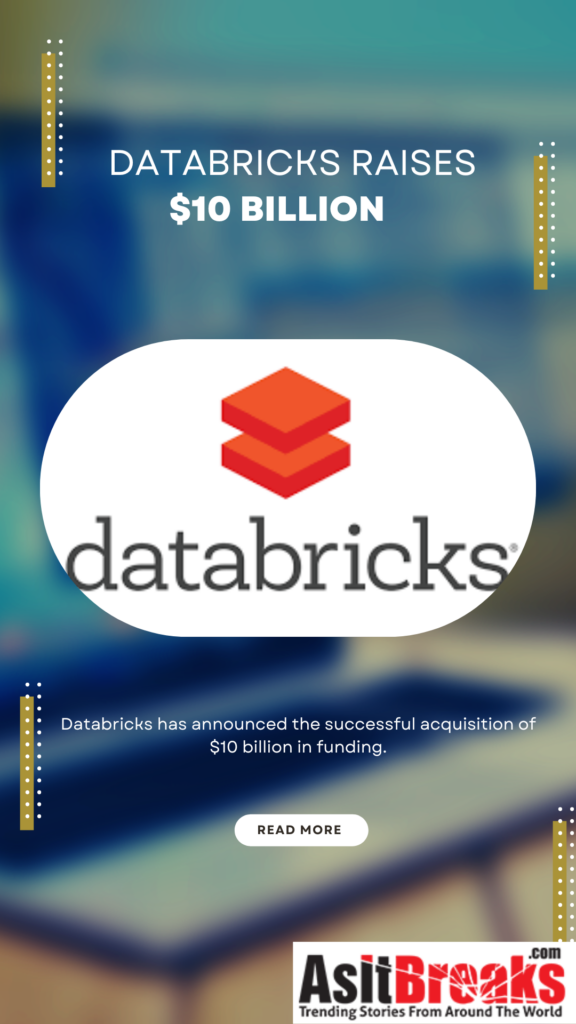Shares of Chipotle Mexican Grill fell as much as 19 percent on Thursday after the burrito chain reduced its same-store sales outlook for the third consecutive quarter, deepening concerns about weakening demand in the fast-casual dining sector.
The sell-off extended what has been a punishing year for Chipotle investors. Including Thursday’s decline, the company’s stock has fallen roughly 45 percent in 2025, trimming its market capitalization to about $43 billion. The dismal earnings outlook prompted at least five major Wall Street firms to lower their price targets. Citi analyst Jon Tower revised his target from $54 to $44 per share, citing ongoing sales challenges.
In its latest quarter, Chipotle reported that same-store sales rose just 0.3 percent compared to the previous year, even as customer traffic dropped by 2.1 percent—marking the third straight quarter of declining visits. While higher menu prices and 47 new store openings helped push overall revenue to $3 billion, this 2 percent annual revenue gain fell short of the 3 percent growth analysts expected, underscoring how quickly consumer sentiment has cooled.
Chief Executive Officer Scott Boatwright acknowledged that customers are eating out less frequently and stated that the company’s young adult demographic has been the hardest hit. “A particularly challenged cohort is the 25- to 35-year-old age group,” Boatwright said during Wednesday’s earnings call. “This group is facing several headwinds, including unemployment, increased student-loan repayment, and slower real wage growth.”
Chipotle now expects comparable restaurant sales to decline between 1% and 2% for the full year, a downgrade from its prior July forecast of flat (0%) growth. The company added that October sales declined by approximately 1.5 percent year-over-year, suggesting the slowdown may extend into early 2026.
For investors, the primary question is whether the issue is specific to Chipotle or a broader reflection of macroeconomic stress. Some analysts suggest that the decline stems from affordability concerns, as consumers increasingly perceive the brand as more expensive than it actually is. While Chipotle’s average entrée costs about $10, executives said many diners mistakenly perceive its pricing to be closer to the $15 average of higher-end fast-casual peersBTIG analyst Pete Saleh expressed surprise at the sharp traffic decline and questioned if affordability is the main cause.e.Bank of America Securities analyst Sara Senatore remains optimistic, expecting sales to recover as macroeconomic conditions improve.idMorgan Stanley’s Brian Harbour warned that consumer belt-tightening is now affecting fast-casual dining.
The impact extended to other fast-casual brands on Thursday, with Sweetgreen shares falling 6 percent and Cava dropping nearly 8 percent ahead of quarterly reports.
Despite the sell-off, Chipotle executives insist the company’s long-term growth story remains intact. The chain still plans to open 350 to 370 new restaurants in 2026, including several international locations through partnerships in Asia and the Middle East. Boatwright said the brand will continue to invest in marketing, menu innovation, and its digital ordering platform, rather than turning to discounts. Bernstein analyst Danilo Gargiulo warned that recent moves haven’t offset the traffic decline.”
Chipotle’s fortunes, once buoyed by strong loyalty and pricing power, now hinge on whether customers rediscover the chain’s appeal—or whether its growth story has temporarily gone cold.


